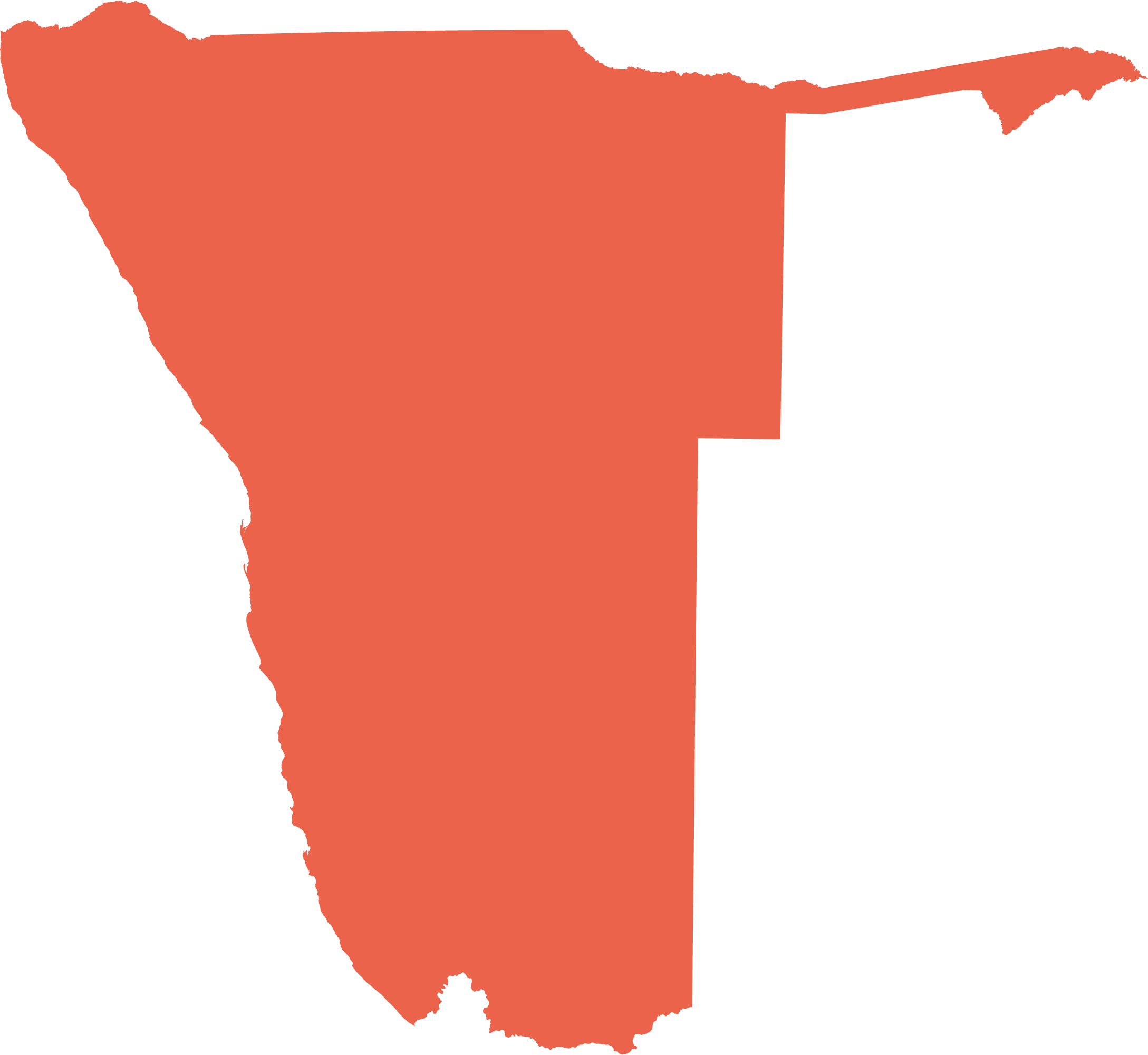Transport
The efficient functioning of Namibia depends to a large degree on its transport network. Local goods, imports and exports, foreign tourists and local commuters all make use of its network of roads, railways, seaports and airports. Much of the network has been developed over the past 60 years, with recent developments focusing on the expansion of the Walvis Bay harbour, upgrading of roads, development of new roads in communal areas, and the development of trade routes linking Namibia with Zambia, Botswana and South Africa.
10.32 Transport network and average daily traffic35

Of the four main transport systems (roads, railways, shipping and air), roads are by far the most important in terms of numbers of people and volumes of goods they carry. The busiest roads in Namibia are those closest to, and between, the large urban centres. This is due to the large numbers of people who live in these places and commute to the centres, and the transport of goods and services. There are eight airports in Namibia: Andimba Toivo ya Toivo (Ondangwa), Eros (Windhoek), Hosea Kutako International (Windhoek), Katima Mulilo, Keetmanshoop, Lüderitz, Rundu and Walvis Bay International. The harbours at Walvis Bay and Lüderitz handled an average of 5.55 million tonnes of cargo per year between 2016 and 2019, while the rail network of 2,687 kilometres carried 1.59 million tonnes in 2019.36

